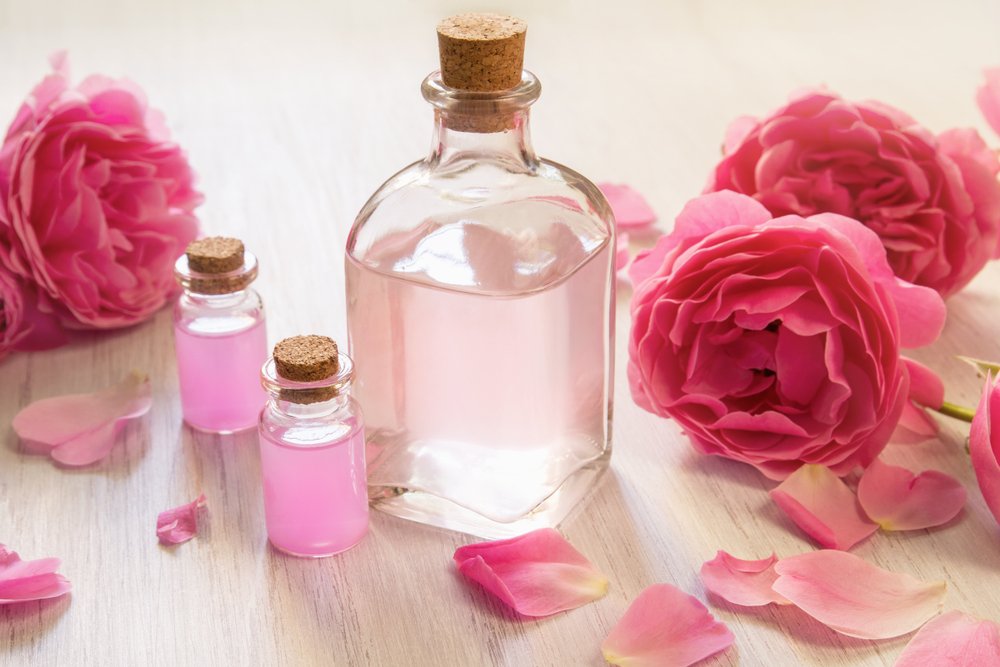
Perms, short for “permanent waves,” have been a popular hair transformation technique for decades, offering individuals a way to achieve beautiful, long-lasting curls or waves. This chemical hair treatment involves altering the natural structure of the hair to create texture and curl patterns that can last for several months. Perms have seen various trends and evolutions over the years, making them a timeless choice for those seeking to change their hairstyle. In this comprehensive guide, we will delve into the world of perms, exploring the different types, the process involved, aftercare tips, and the factors to consider before taking the plunge.
What is a Perm?
A perm is a chemical hair treatment that involves altering the hair’s internal structure to create curls or waves. It works by breaking and reshaping the disulfide bonds present in the hair, followed by setting the hair in the desired shape. The result is a semi-permanent transformation, with the curls or waves typically lasting for several months, gradually loosening as the hair grows.
Perms are highly versatile and can be tailored to achieve various curl patterns, from loose beach waves to tight spiral curls. They offer a low-maintenance option for those looking to add volume, texture, and style to their hair without the need for daily heat styling.
The Evolution of Perms
The concept of perming hair has been around for centuries, but it gained significant popularity during the 20th century. The modern perm, as we know it today, was developed in the 1930s by Arnold F. Willatt, a British hairdresser. The process initially involved using harsh chemicals and heat, resulting in damage to the hair and an unnatural appearance.
Over time, advancements in hair technology and the development of more gentle and effective perm formulations led to the evolution of perms. In the 1970s and 1980s, big, voluminous curls became the trend, and perms were a common choice to achieve this look. However, as the concept of “wash-and-go” hairstyles gained popularity, the demand for perms declined.
In recent years, the perm has experienced a resurgence, with a focus on more natural and soft curl patterns. Beachy waves, loose curls, and textured hairstyles have become trendy, and perms have once again become a sought-after hair transformation option.
Types of Perms
- Digital Perm
The digital perm is a modern variation of the traditional perm, known for creating soft, natural-looking curls. It involves the use of digitally controlled rods to create consistent and uniform curls. Digital perms are ideal for those seeking a more relaxed, wavy look rather than tight and uniform curls.
- Beach Wave Perm
The beach wave perm is designed to create effortless, beachy waves that mimic the look of naturally tousled hair after a day at the beach. It produces loose, relaxed curls with subtle volume, making it a popular choice among those looking for a low-maintenance, carefree hairstyle.
- Spiral Perm
The spiral perm is characterized by tight, springy curls that create a dramatic and voluminous effect. It involves wrapping the hair around small rods in a spiral pattern, resulting in long-lasting, defined curls. Spiral perms are suitable for those seeking a bold and statement-making hairstyle.
- Body Wave Perm
Vücut dalgası perma, saça hacim ve doku kazandırarak yumuşak, gevşek dalgalar oluşturmayı amaçlar. Farklı bukle yoğunluğu seviyeleri elde etmek için özelleştirilebilen, çeşitli saç uzunlukları ve tipleri için uygun hale getiren çok yönlü bir seçenektir.

The Perm Process: How it’s Done
The perm process is typically carried out in a salon by a professional hairstylist. It involves several steps to ensure the desired curl pattern is achieved while minimizing damage to the hair.
- Consultation: Before the perm treatment, the stylist will conduct a consultation to assess the client’s hair type, texture, and desired outcome. They will also discuss the various perm options available and recommend the most suitable type of perm for the client’s hair.
- Hair Preparation: The hair will be washed with a clarifying shampoo to remove any residue or buildup. This step ensures the perm solution can penetrate the hair effectively.
- Rod Selection: The hairstylist will select the appropriate rod size based on the desired curl pattern and the client’s hair length and thickness.
- Sectioning: The hair will be sectioned into smaller portions, and the rods will be applied to each section.
- Applying the Perm Solution: The perm solution, which typically contains ammonium thioglycolate or a similar chemical, is applied to the hair, breaking down the hair’s disulfide bonds and making it pliable.
- Processing Time: The processing time depends on the client’s hair type and the desired level of curl. The hairstylist will monitor the hair during this stage to ensure the desired result is achieved without over-processing.
- Neutralizing: After the processing time is complete, the hairstylist will rinse the hair and apply a neutralizing solution. The neutralizer helps to re-form the disulfide bonds, locking the hair into the new curl pattern.
- Final Steps: The hair is rinsed thoroughly to remove any remaining chemicals, and a conditioning treatment is often applied to restore moisture and nourishment to the hair.
- Styling: Once the hair is neutralized and conditioned, the stylist will style the hair to showcase the newly formed curls. The hair can be blow-dried, air-dried, or diffused, depending on the desired finish.
Aftercare Tips for Maintaining Permed Hair
Proper aftercare is essential to maintain the longevity and health of permed hair. Here are some tips to keep permed hair looking its best:
- Wait Before Washing: Avoid washing the hair for at least 48 hours after the perm to allow the curls to set properly.
- Use Sulfate-Free Shampoo: Choose a sulfate-free shampoo and conditioner formulated for permed or curly hair to prevent dryness and maintain curl definition.
- Apply Leave-In Conditioner: Regularly apply a leave-in conditioner to keep permed hair hydrated and nourished.
- Avoid Heat Styling: Minimize the use of heat styling tools, as excessive heat can cause damage to permed hair. Air-drying or using a diffuser is a gentler alternative.
- Use a Wide-Tooth Comb: Use a wide-tooth comb or your fingers to detangle permed hair, as brushes can disrupt the curl pattern.
- Regular Trims: Schedule regular trims to prevent split ends and maintain the shape of the perm.
- Protect Hair from Chlorine and Saltwater: Before swimming, apply a leave-in conditioner or oil to create a barrier that protects the hair from chlorine and saltwater damage.
- Avoid Tight Hairstyles: Avoid tight hairstyles that can distort the curl pattern and cause breakage.








